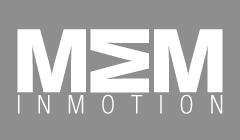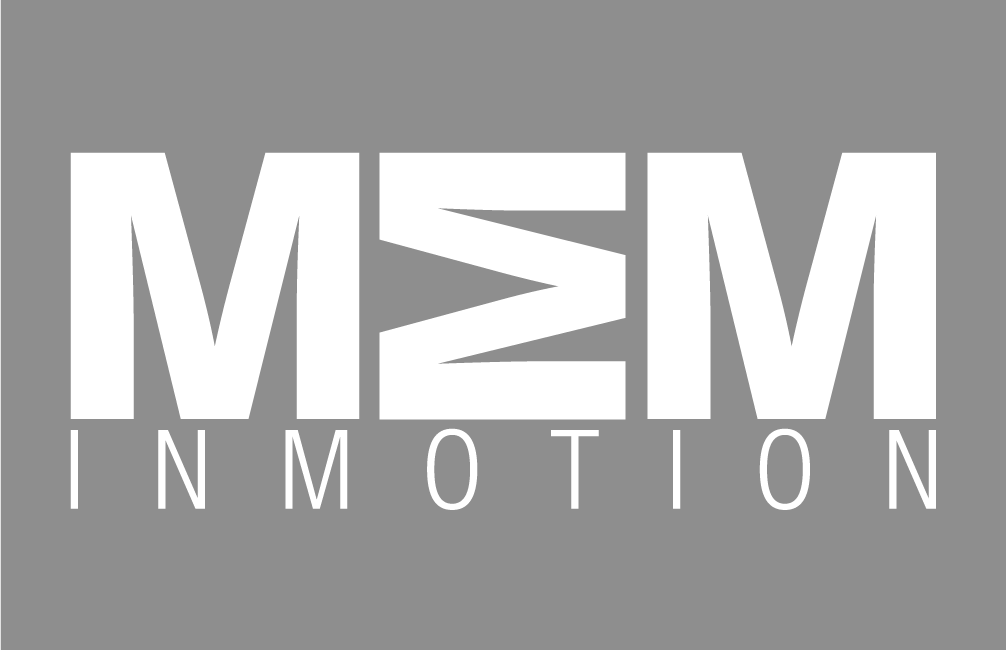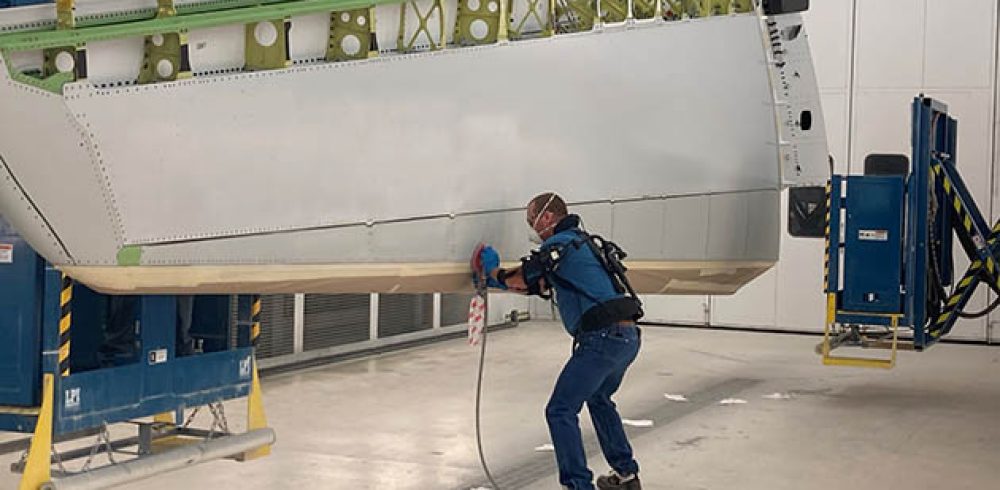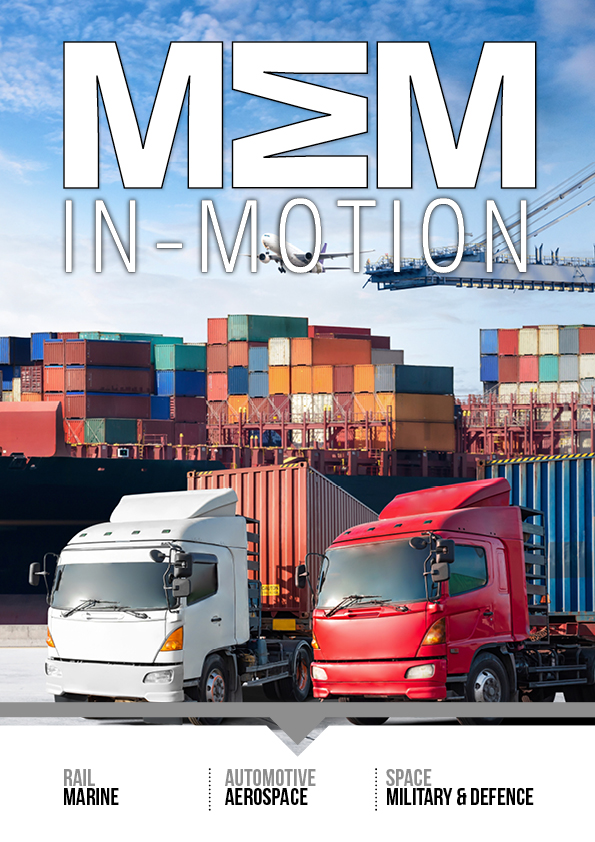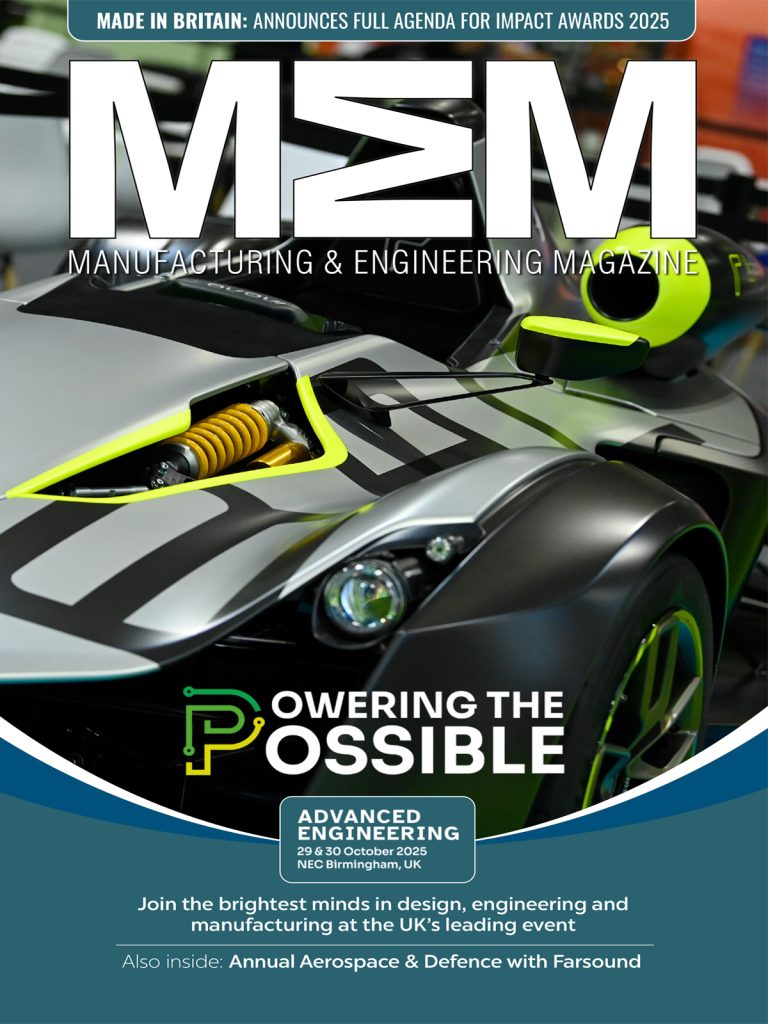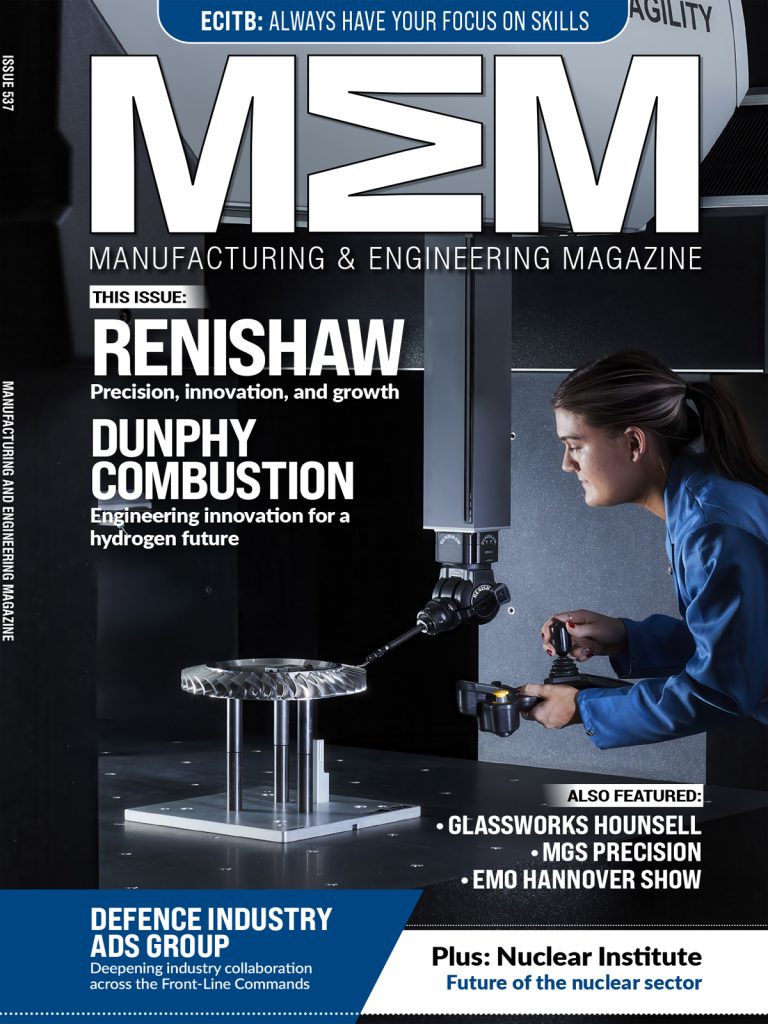Jason Hill, a Boeing Salt Lake airplane mechanic by day and avid hockey player in his off-hours, truly appreciates the protection the right safety gear provides both on the job and in the rink with Boeing bionics suit.
“I suit up for hockey. I wear my helmet. I wear all my pads so that I don’t get injured,” said Hill. “And I do the same thing when I come to Boeing.”
In Boeing’s commercial division, the exoskeleton vest is in use or planned for use as personal protective equipment in the 737, 767, 777 and 787 Dreamliner programs. As for the company’s defence products, the device will assist team members working on vertical lift aircraft including the V-22 and H-47 and fighter jets including the F-15 and F/A-18, as well as P-8 maritime patrol aircraft, MQ-25 unmanned aerial refuelling systems and VC-25B presidential aircraft (Air Force One).
Teams at a number of Boeing sites have tested the vest since 2018. It is rolling out as an innovative enterprise standard tool designed to lessen the pressure mechanics bear as they work repetitive jobs at chest level and above.
“It feels like someone’s behind me holding up my arms,” said Miles Flynt, a Boeing South Carolina mechanic.
“When you activate the vest, it’s somewhere between 5 to 18 pounds (2 to 8 kilograms) offloaded from the wearer,” said Dr. Christopher Reid, a Boeing engineer and Associate Technical Fellow who specializes in ergonomics and wearable technology. “It reduces the stress on the shoulders and ultimately reduces injuries.”

Resembling a high-tech comic book character’s armour, the spring-based mechanism is worn much like a backpack. It employs a system of straps and mechanical arms, supporting users’ shoulders as they perform overhead work such as drilling.
“The first time wearing it, I felt kind of silly,” said 767 mechanic Jacob Case, who likened the device to something straight out of science fiction. “But I noticed my hands and arms being above my head not feeling so heavy, and I really noticed a big difference in my shoulder blades.
“By the end of the work day, I noticed that it reduced the amount of fatigue for sure.”
Futuristic as it may seem, the vest is positively affecting safety today.
“Where else can you make world-class aerospace products and feel like a superhero at the same time?” said Paul Wright from Boeing’s Chief Aerospace Safety Office. “These vests keep our teammates injury-free and allow them to go home feeling great. Many areas that have implemented them continue to see zero injuries a year later.”
Though deployed earlier this year, exoskeleton technology has been evaluated and tested for several years with Boeing Research & Technology and Environment, Health & Safety.
Manufacturing & Engineering Magazine | The Home of Manufacturing Industry News
